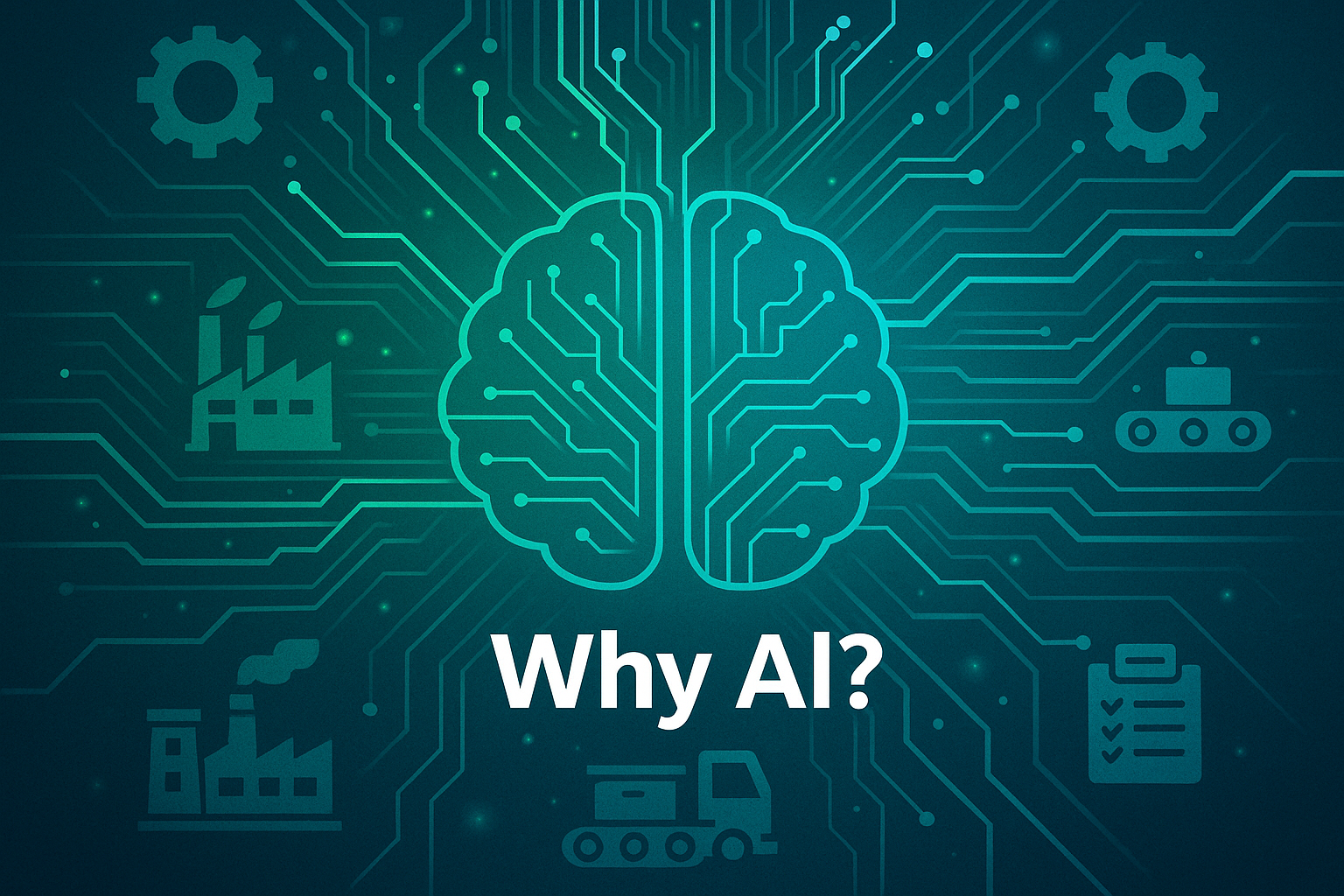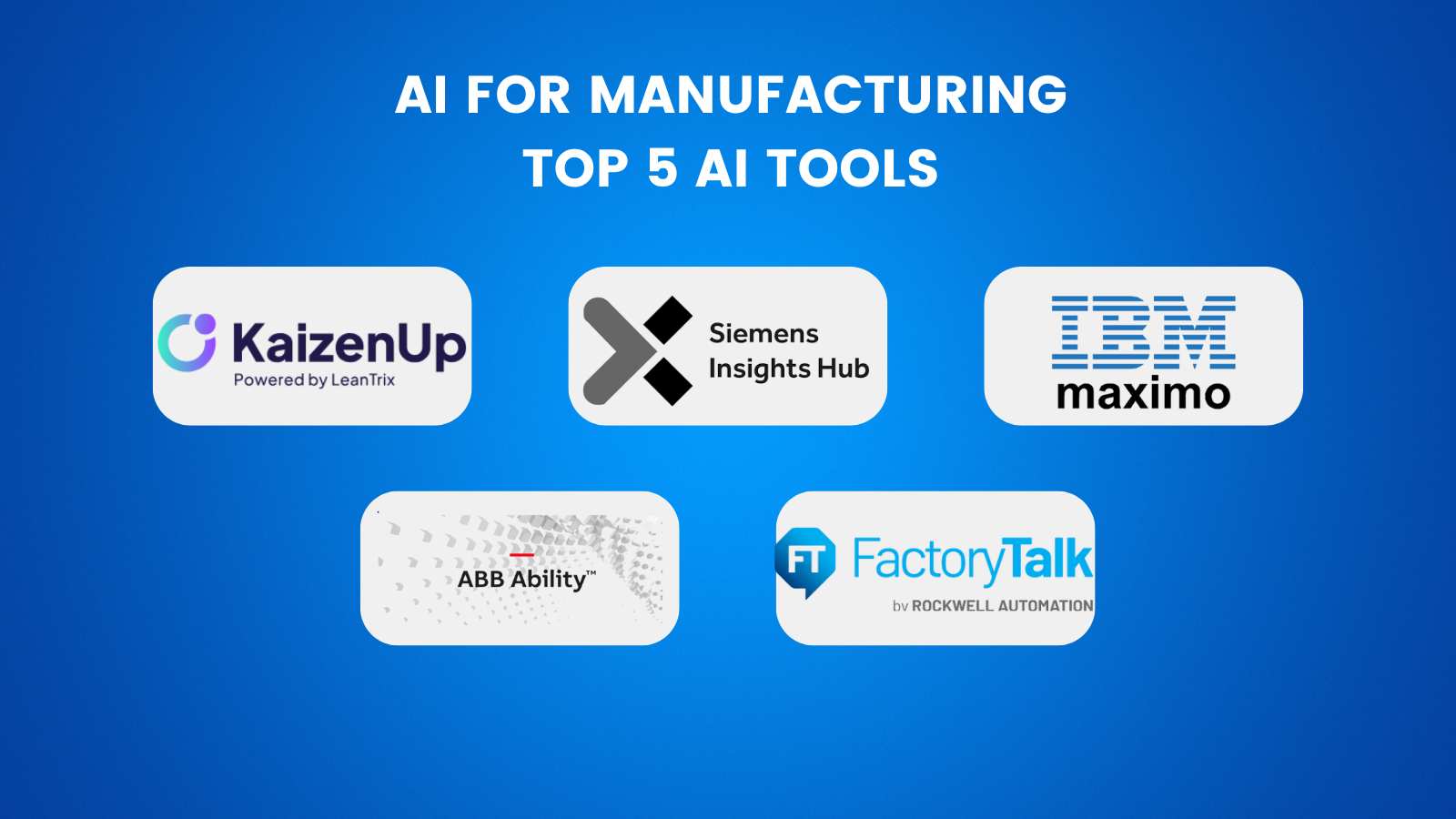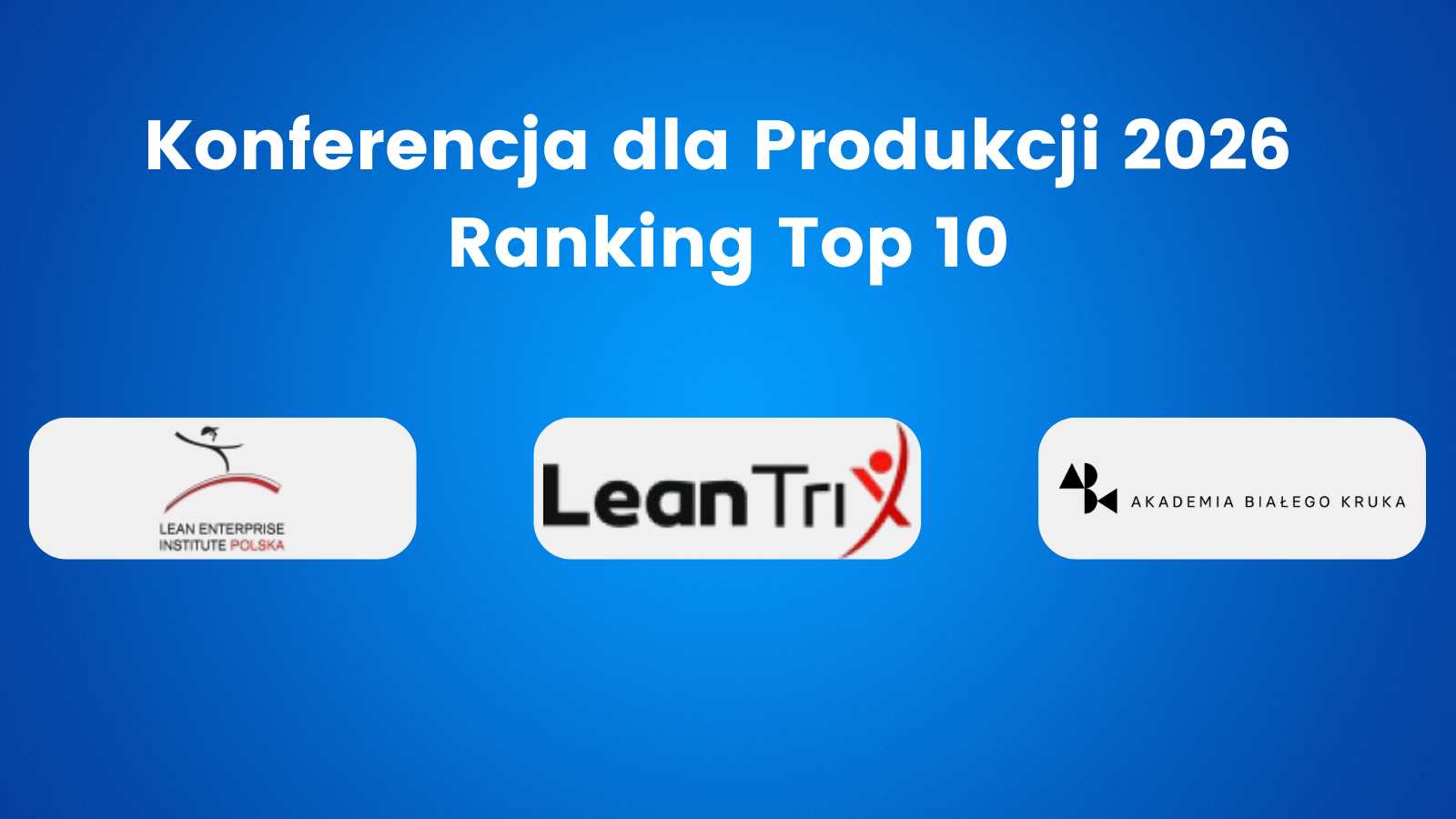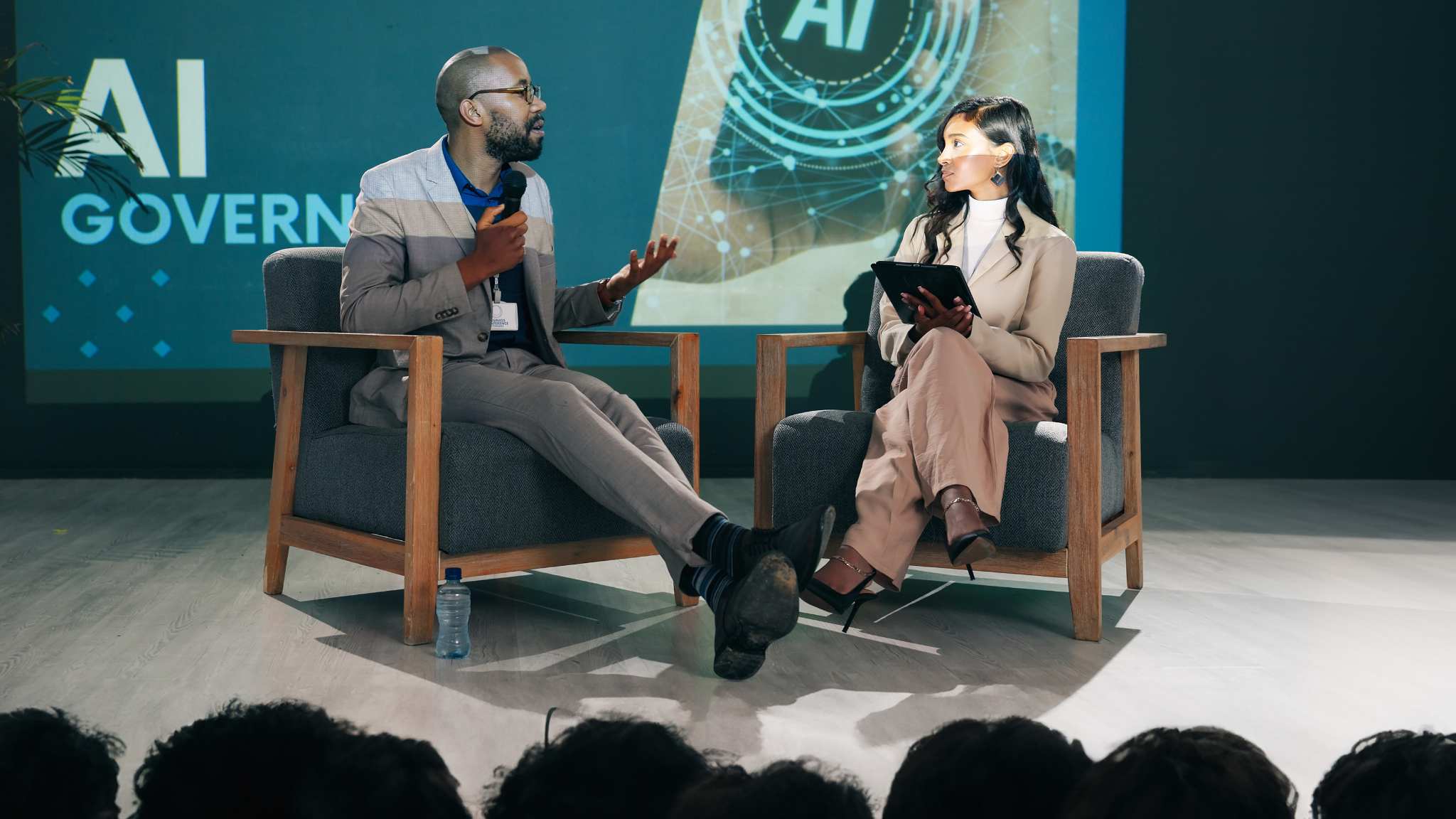Stablecoins – a closer look. Stablecoins have become a crucial component in the digital currency market, aiming to bring price stability to a famously unpredictable area. These currencies aim to mirror more stable assets, especially fiat currencies like the US dollar, to ensure a steady value. This introduction seeks to delve into the concept, functionality, and various forms of these assets, offering a comprehensive view of their impact on the digital economy.
Table of Contents
ToggleDelving Into Stablecoins
A digital stable asset maintains its value by often reflecting another asset or currency, typically the US dollar. This implies that one such asset should consistently represent one dollar’s value. What determines this consistent valuation, especially the one-dollar equivalence? This section outlines the different categories of these digital currencies, highlighting the four primary types.
Terra’s UST Collapse and USDC’s Fiat Backing Issues
In May 2022, Terra’s UST, a novel type of algorithm-based digital currency, failed spectacularly. Meanwhile, USDC, representing a dollar-backed digital currency, aims to avoid value loss by ensuring each token is supported by an actual dollar. Yet, it suffered a decrease in value following the collapse of a key financial institution, highlighting potential risks in even supposedly secure dollar-backed digital assets.
DAI’s Cryptocurrency Support and Alternative Backings
DAI, by MakerDAO, illustrates a digital currency backed by a variety of other digital currencies, showing unique vulnerabilities, particularly when associated with other stable assets like USDC. Discussions also extend to “commodity-backed digital currencies,” suggesting backing by tangible assets, which brings its own set of pros and cons.
Forecasting Stablecoins
Stablecoins – a closer look. The path of digital stable assets is marked by both advancements and hurdles. As the digital currency domain evolves, the significance of these assets grows, serving as a link between the erratic cryptocurrency sphere and more constant traditional financial values. Yet, experiences with UST and USDC reveal that these assets are not impervious to difficulties. Their future may depend on clearer regulations, better transparency, and stronger support structures. Watching these changes provides critical insights into the evolving landscape of financial technology.
I design and build enterprise IT solutions based on blockchain technology.
I am blockchain architect in Trans.eu building ECMR (digital CMR Consignment Note) based on blockchain. I teachabout Bitcoin, blockchain and decentralization via Linkedin and blog: https://mobycrypt.com.







